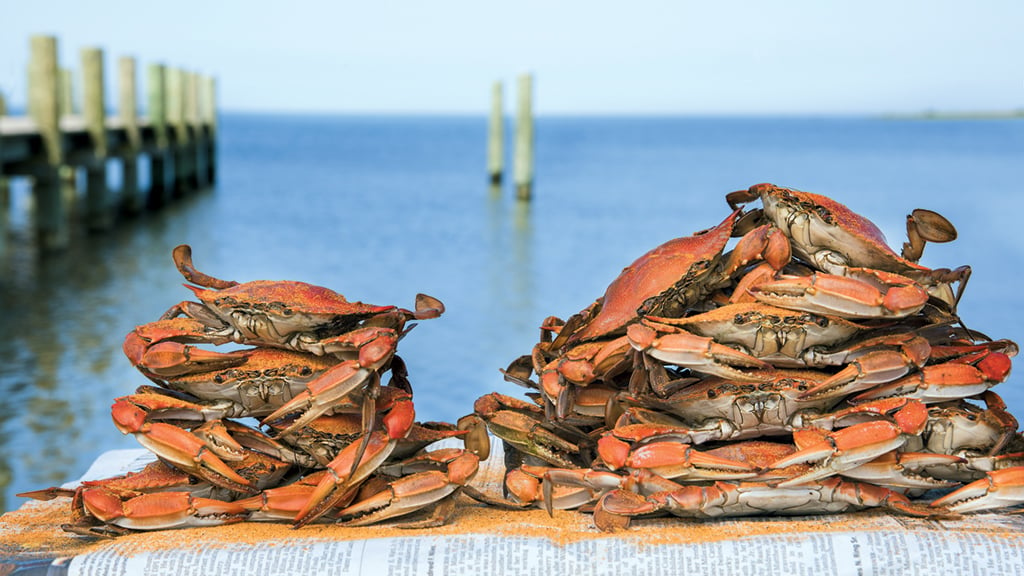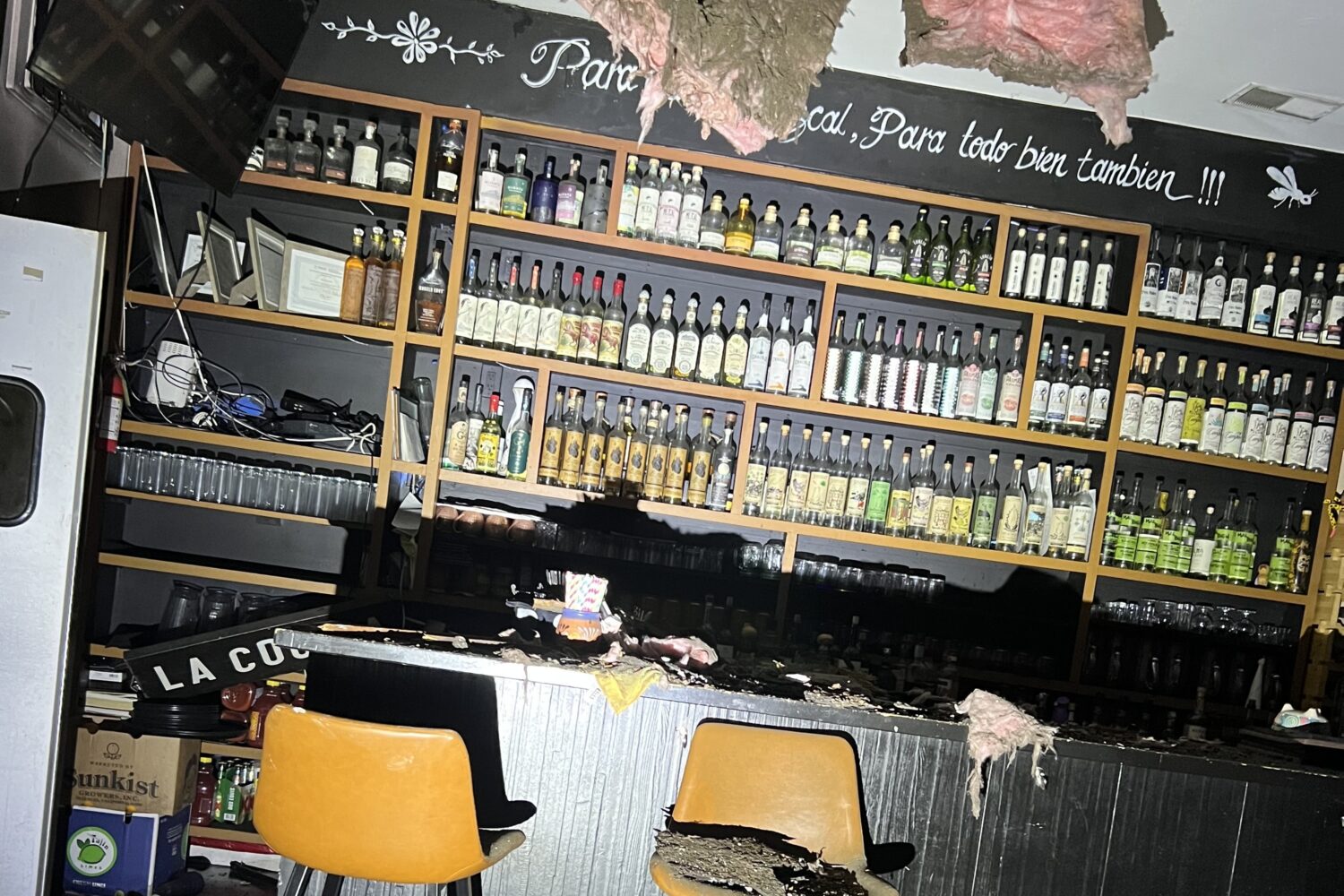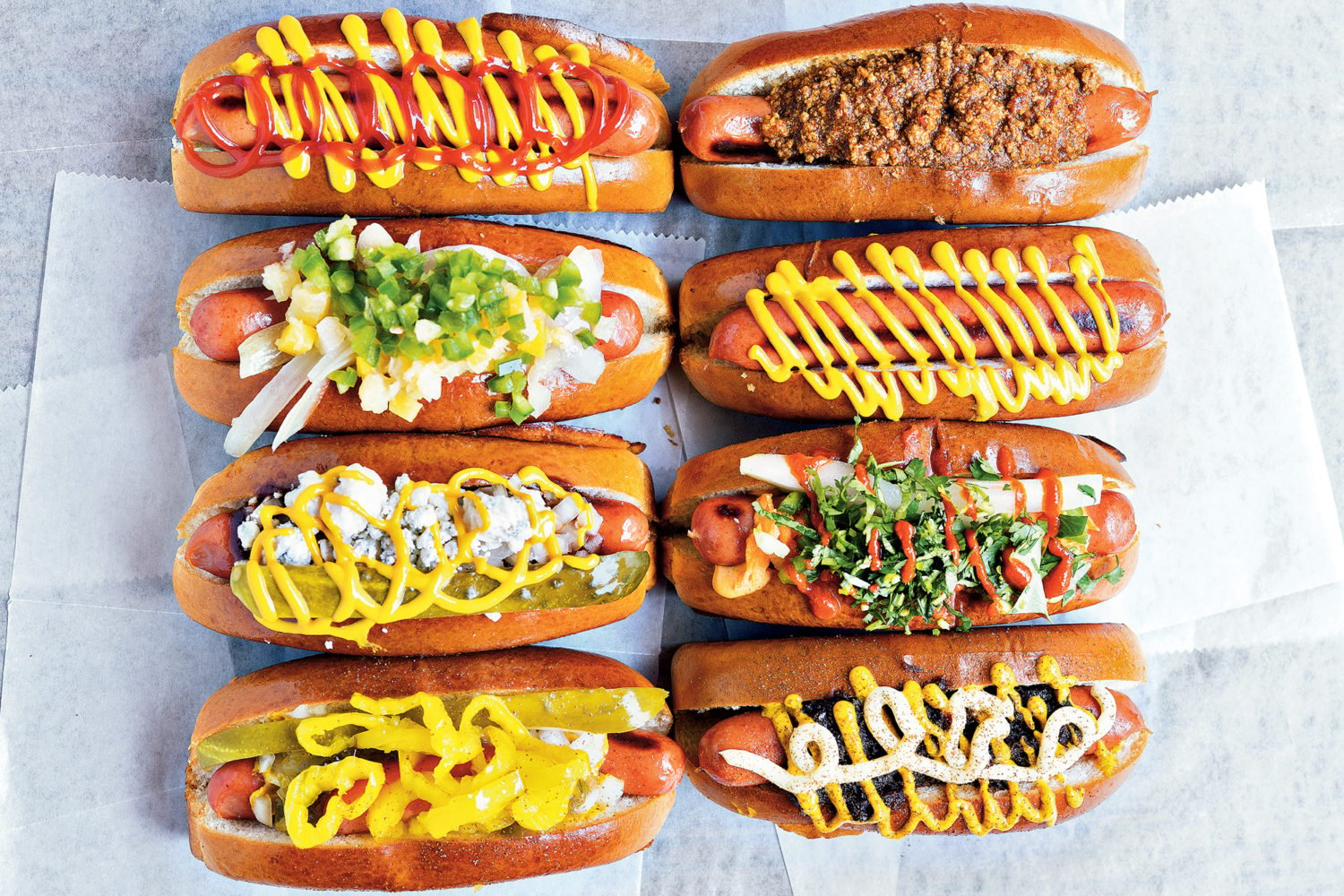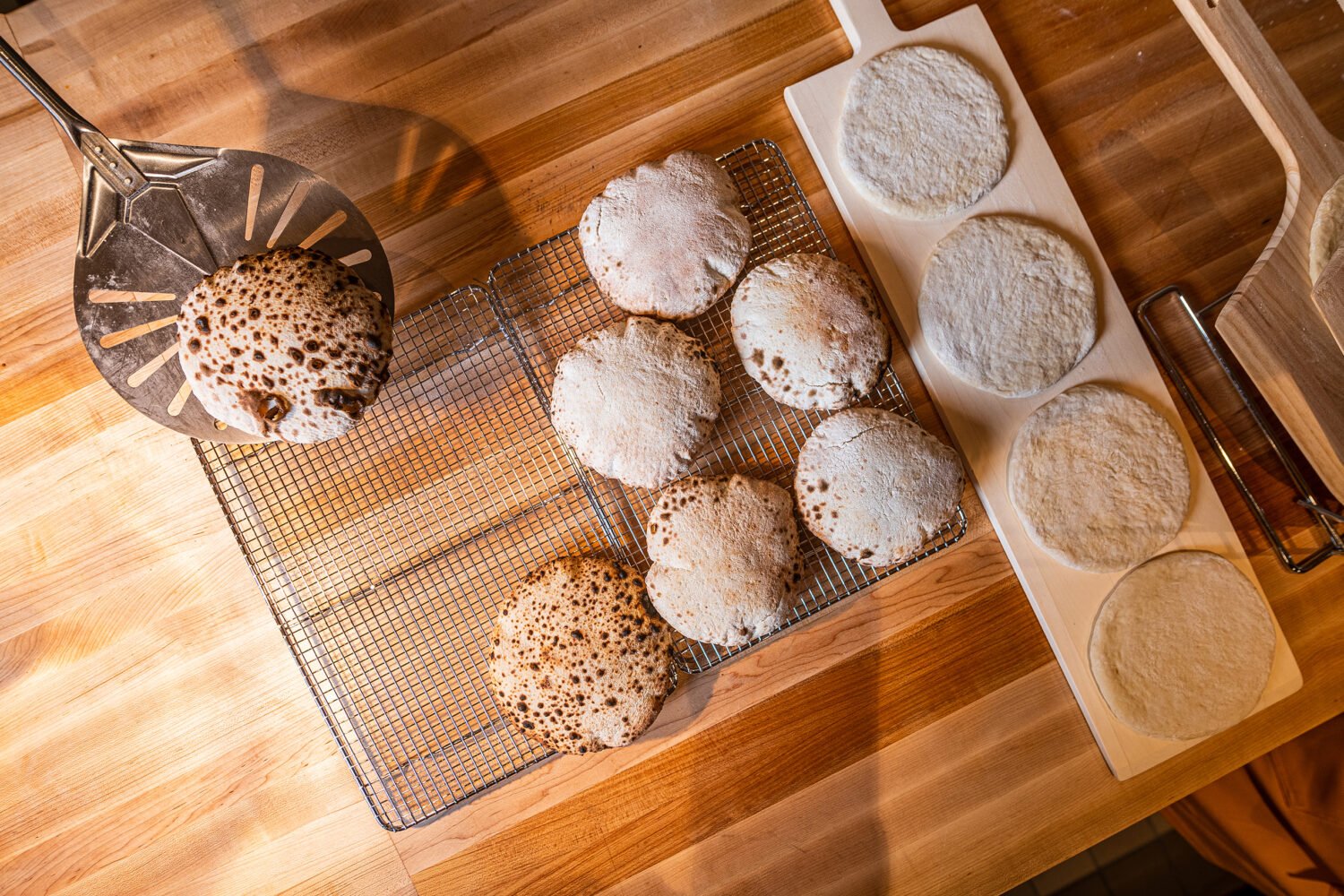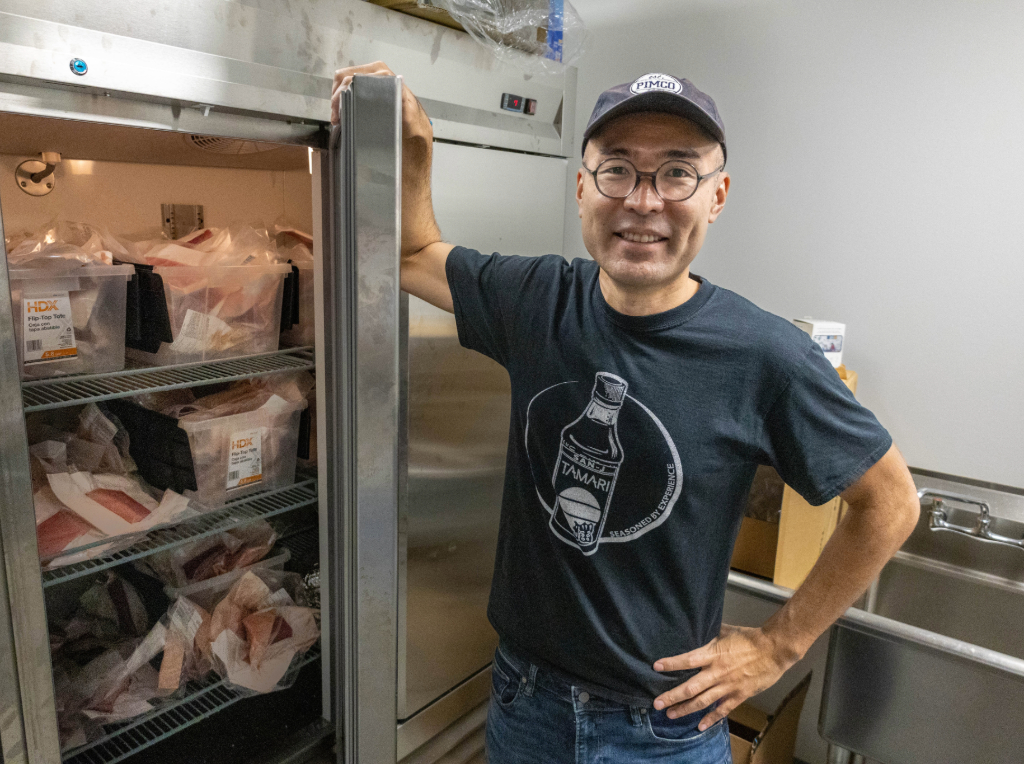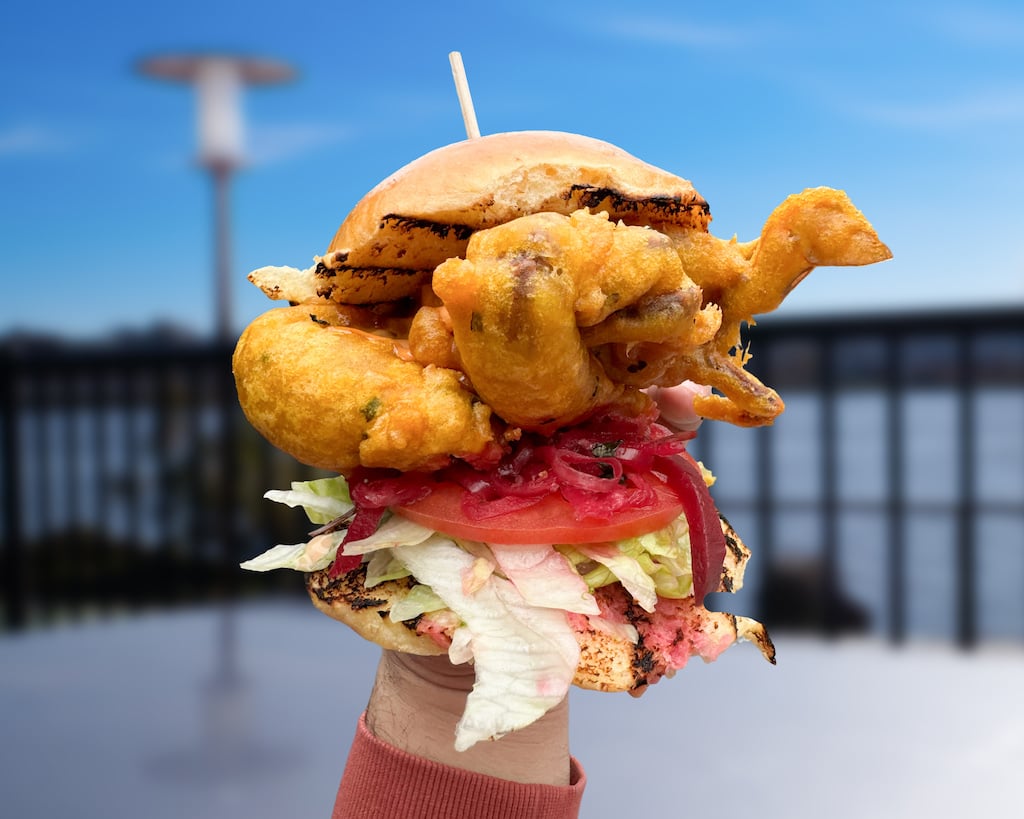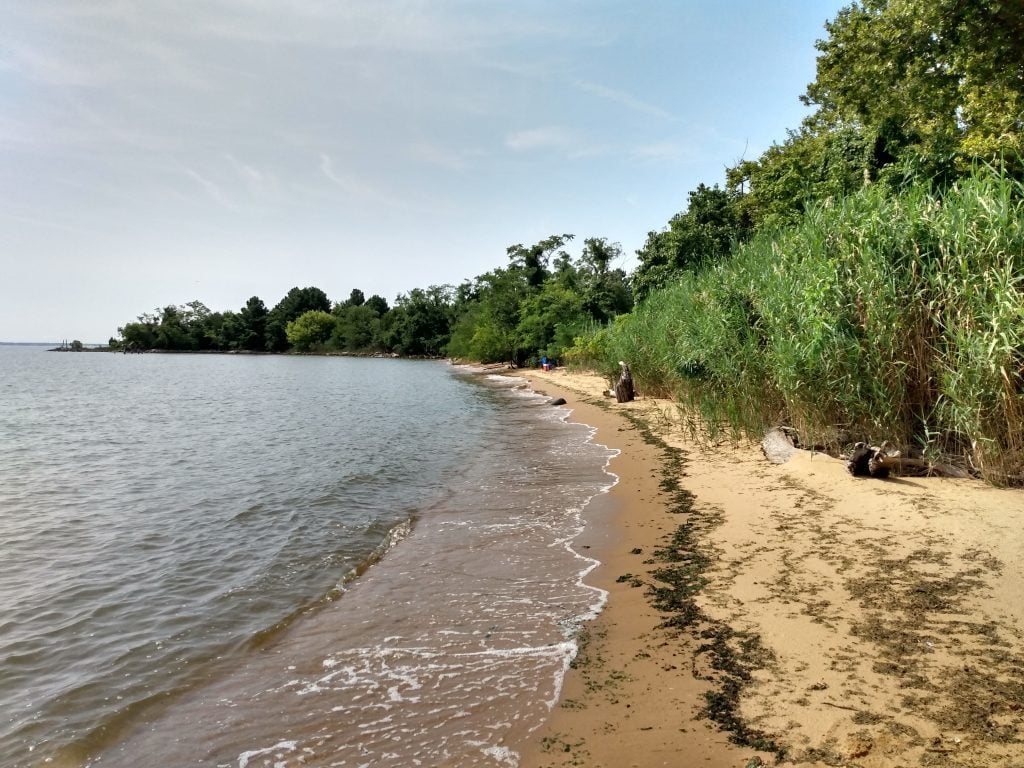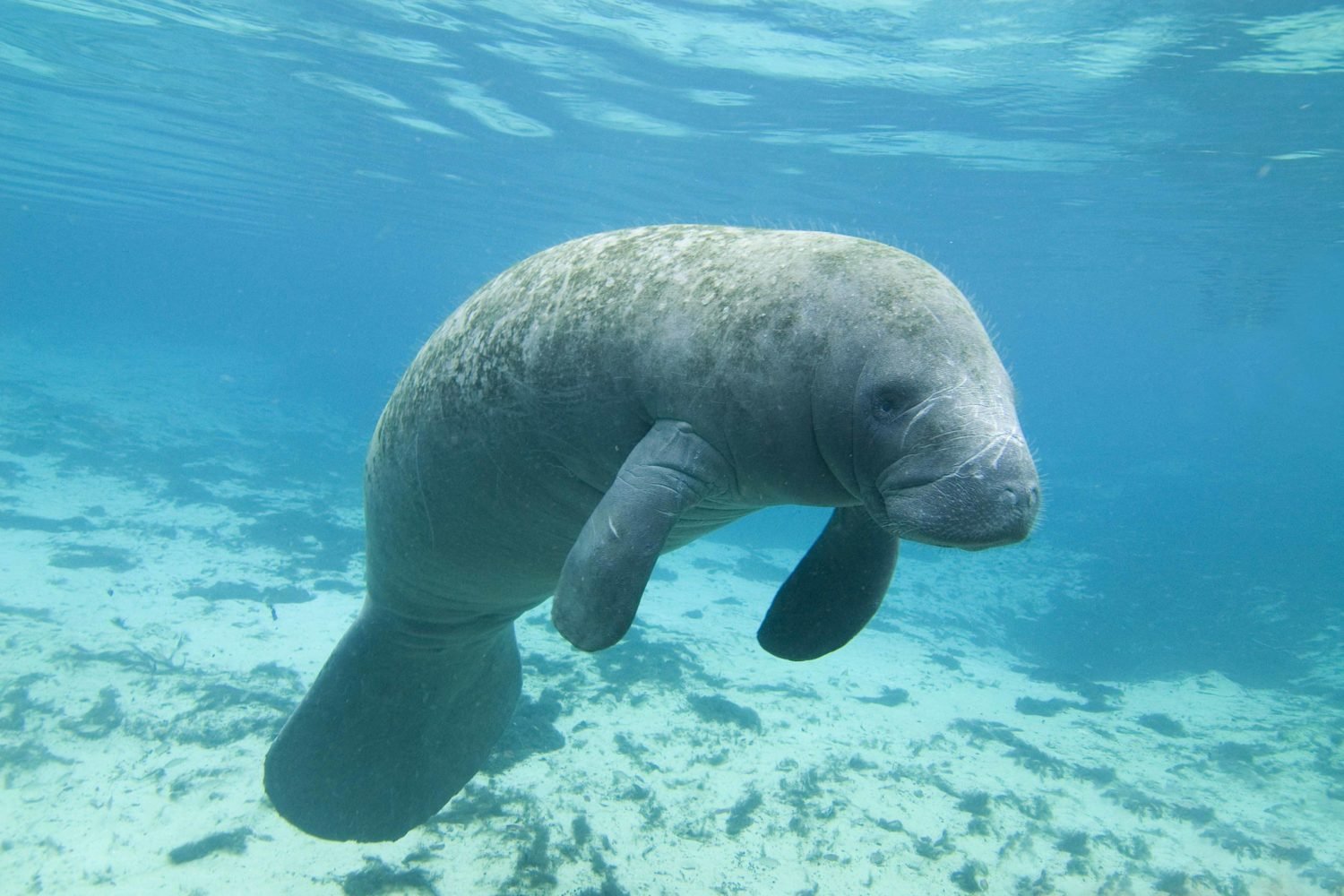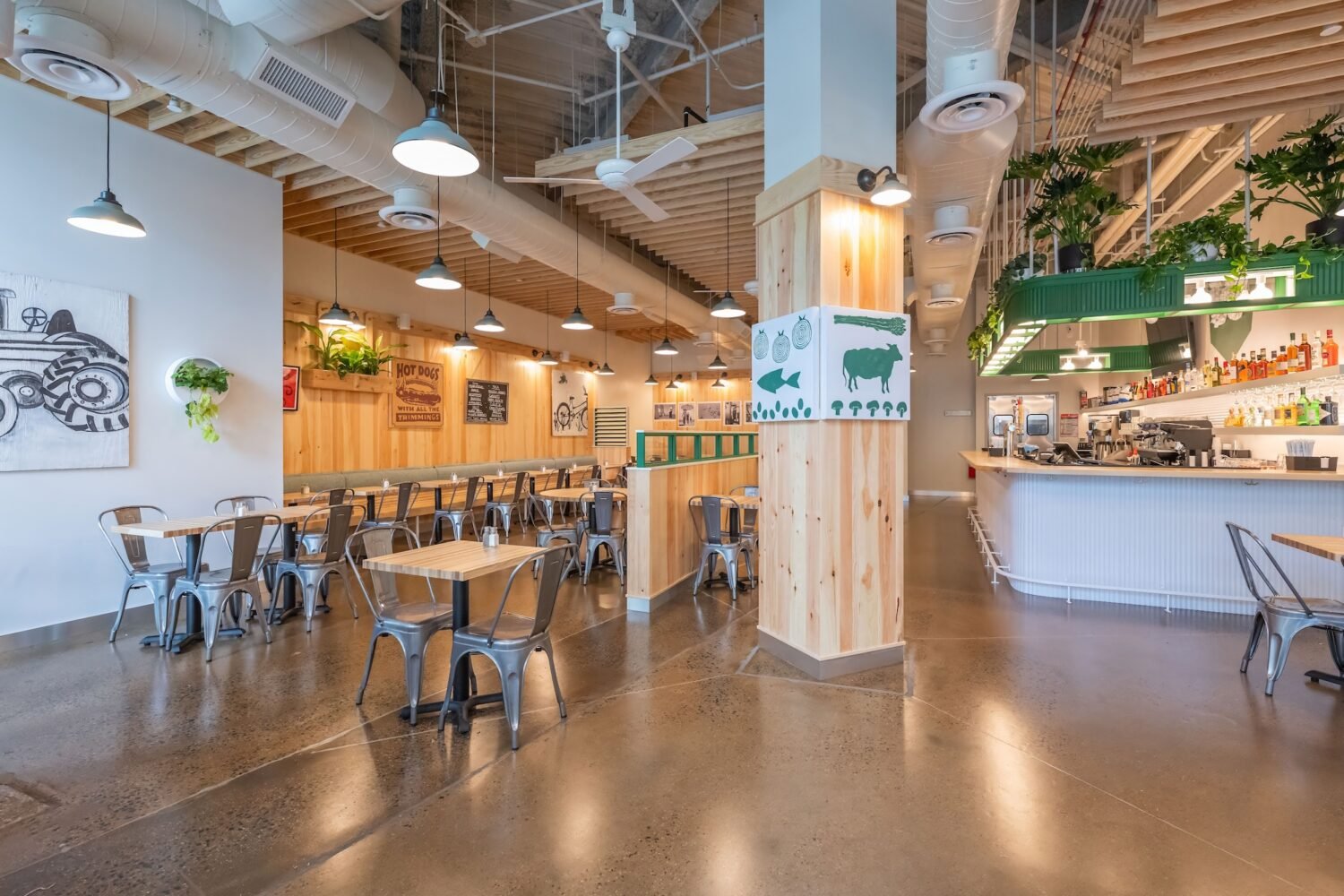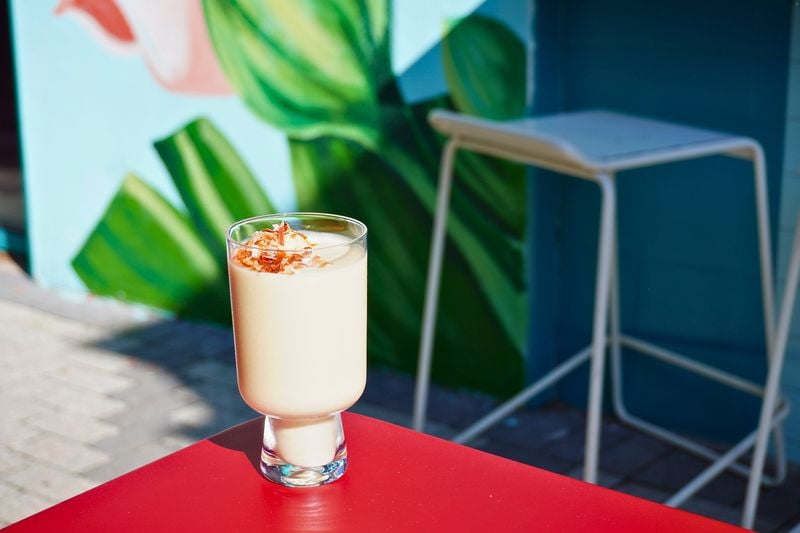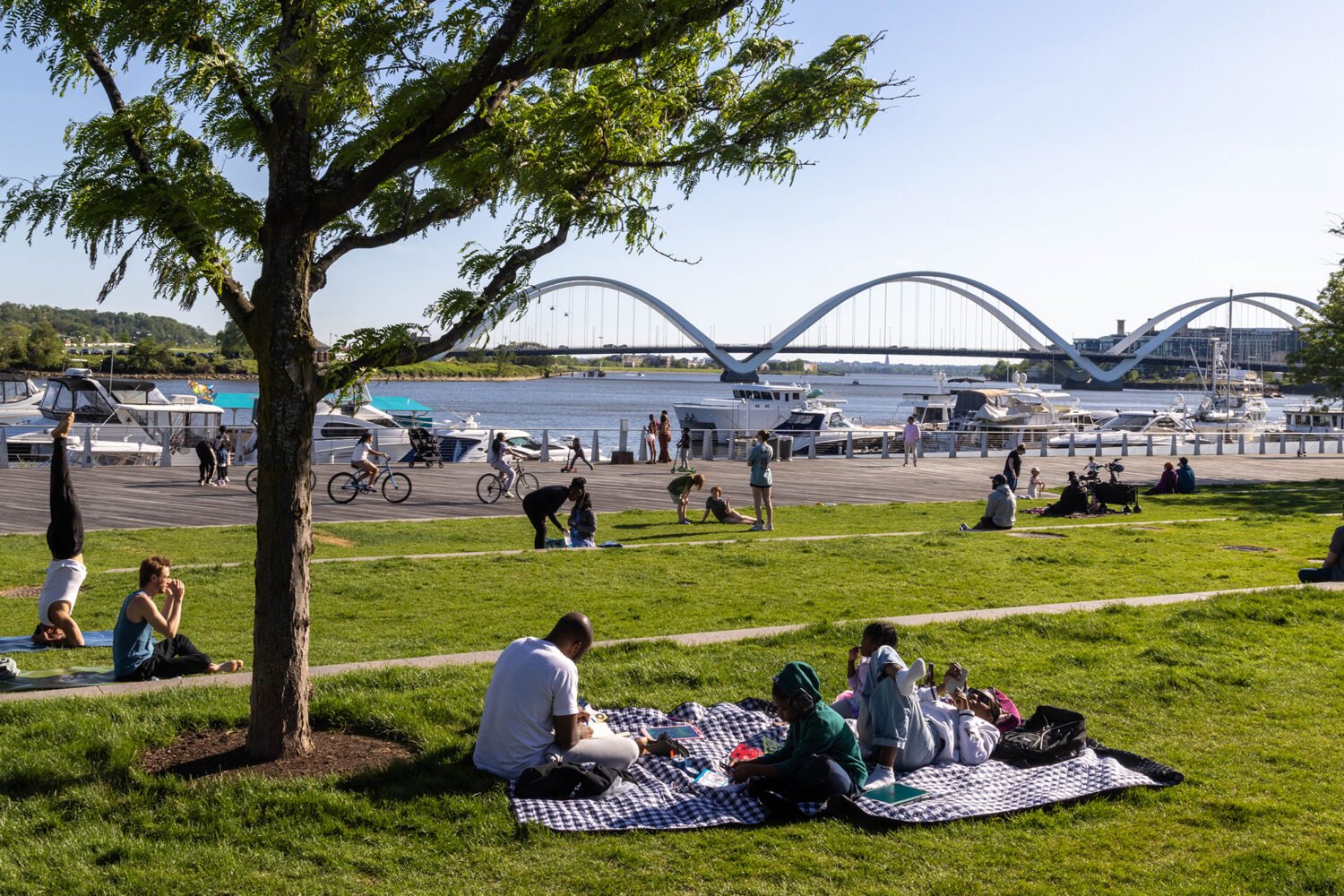A report released Thursday by the Chesapeake Bay Foundation highlights the looming threats facing the region’s blue crabs. CBF’s biennial State of the Bay report scores the bay’s health in pollution, habitat, and fishery categories. The 2022 report score remains unchanged from 2020, a second consecutive D+ that illuminates an alarming decline of the blue crab population.
CBF’s report referenced Maryland and Virginia’s annual Winter Crab Dredge Survey, which found that the blue crab population has dwindled to its lowest size in the survey’s 33 year history. Last year, the population dropped from almost 282 million in 2021 to 227 million.
Crab fishing in Maryland is a multibillion dollar industry—and one that’s taken a hit in recent years, with the reported dockside value of crabs decreasing more than $15 million after the pandemic. Since the blue crab population has declined so significantly, DC seafood wholesalers say restaurants and consumers will see a price increase on local crabs.
“It’s the same thing it always means in seafood: prices are going to go up,” says Greg Casten, owner of DC wholesale seafood company ProFish.
Casten blames the decrease in blue crabs on pollution and overconsumption. The CBF report states that the crabs’ habitats are vulnerable to warming water temperatures and runoff pollutants from farms and urban areas, leading to the loss of the crabs’ underwater grasses. “Environmental conditions are less favorable to the crab now than they have been in prior years,” Casten says.
Casten says that very few restaurants in the DMV area currently are able to serve local crabmeat, and that many more will turn to imported sources as prices continue to rise. Last year, he says, Maryland crabmeat cost upwards of $60 per pound.
“The Mid-Atlantic region has a high demand for crabmeat,” Casten says. “As its local source dries up, the price of the imports will go up as well. So everybody’s going to pay more.”
While the average consumer may not always be able to distinguish between local and imported crab, Casten says, there are significant differences: crab from the bay is fresh, not pasteurized, which makes them a “dramatically better product.” Tim Lydon, co-president of ProFish, says Maryland crab is considered an elite item, one that’s already only available between May and November. Population declines will only make it less accessible.
For crab buyers, Casten offers simple advice: ask where your food is coming from, and make sure you know what you’re paying for.
“Be aware of what you’re consuming,” Casten says. “You should ask, ‘Is this local meat?’”

